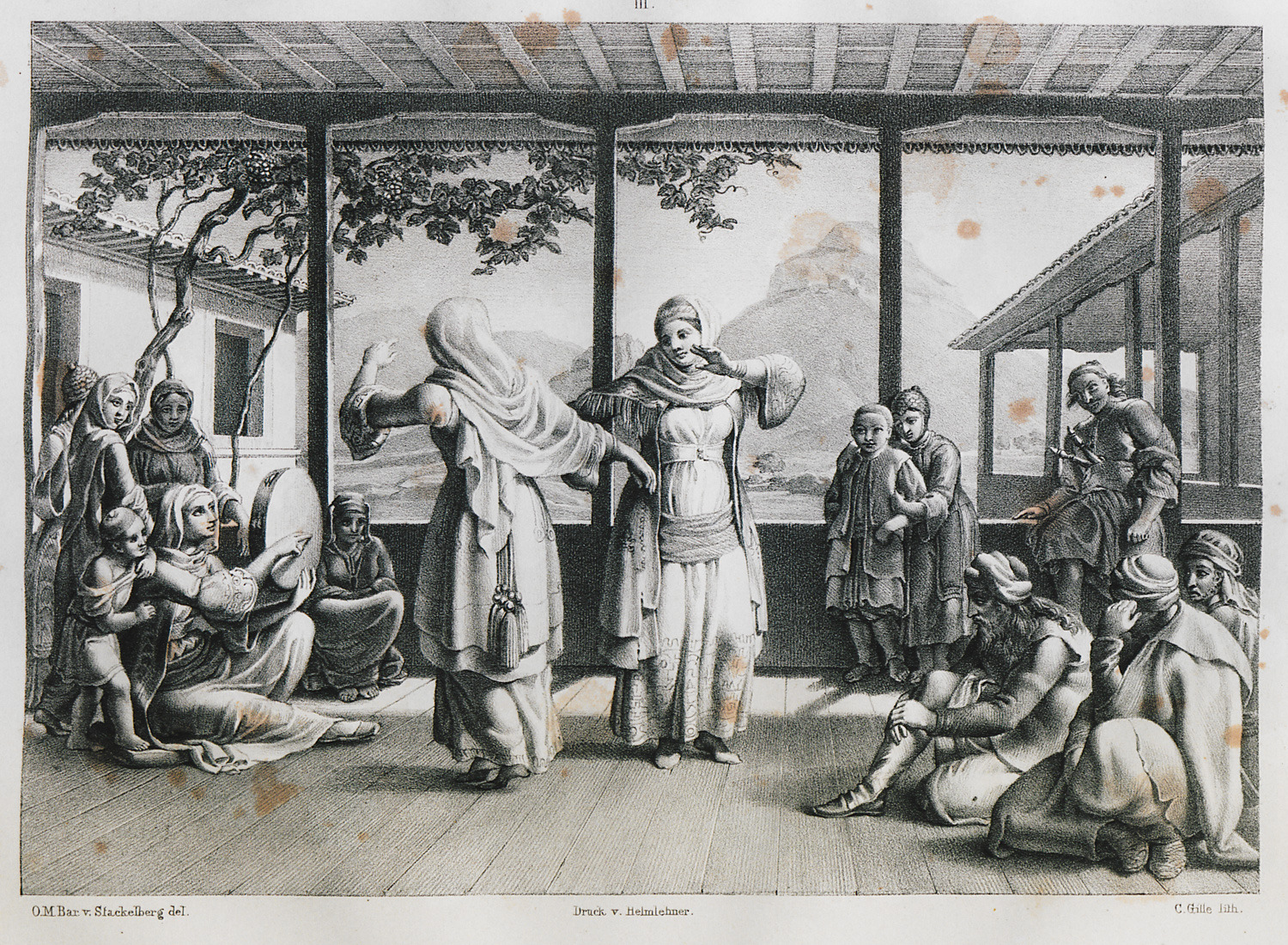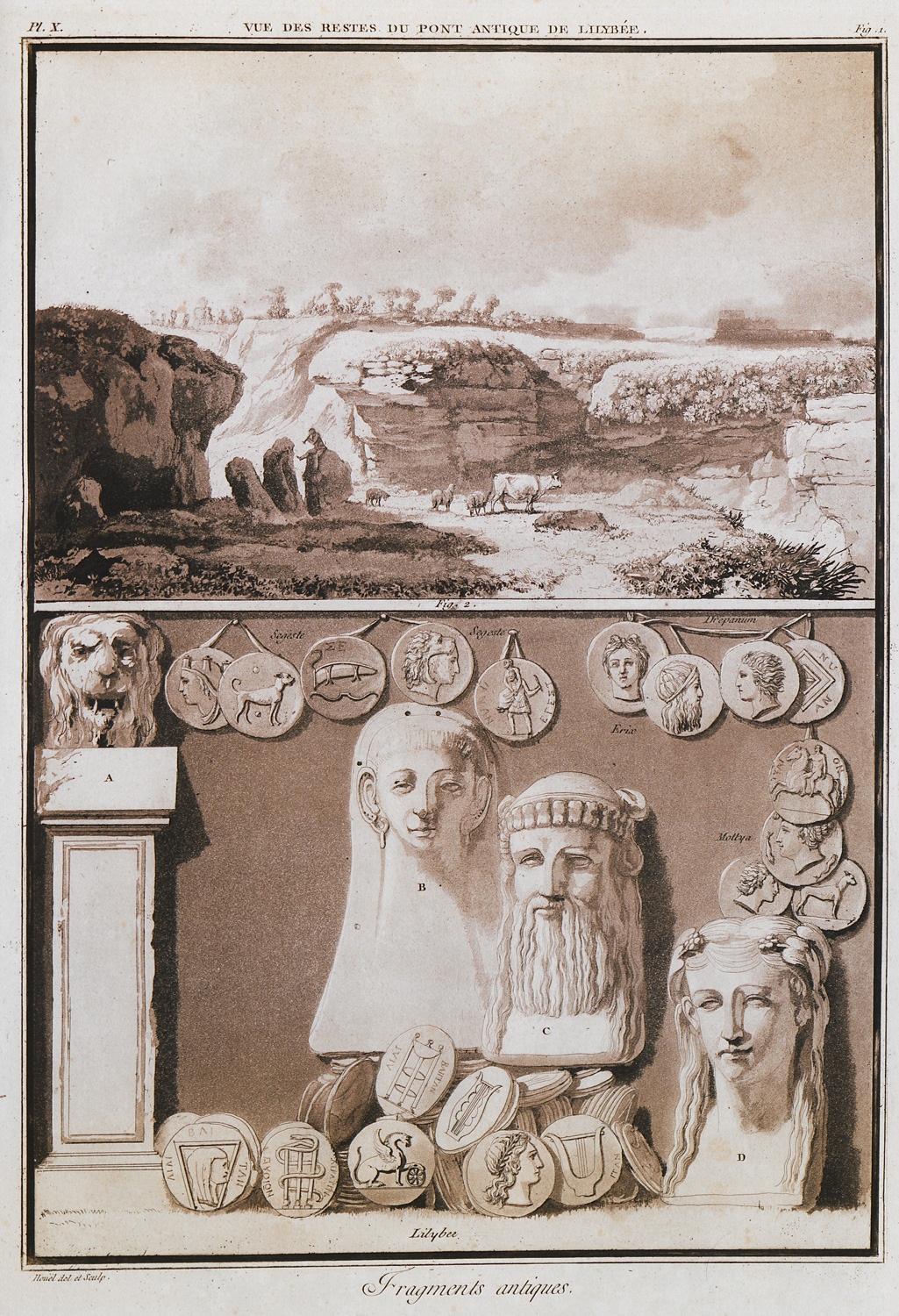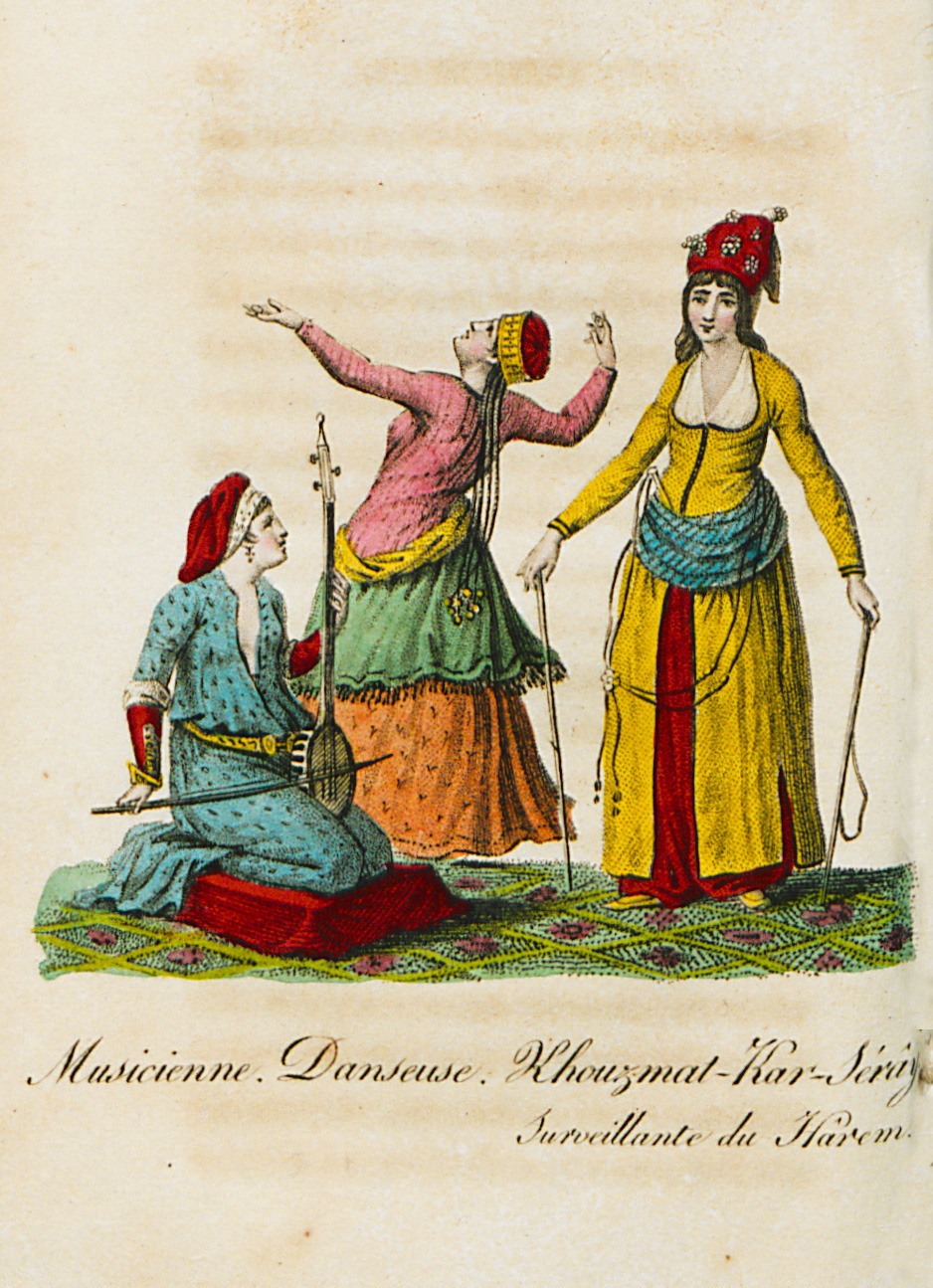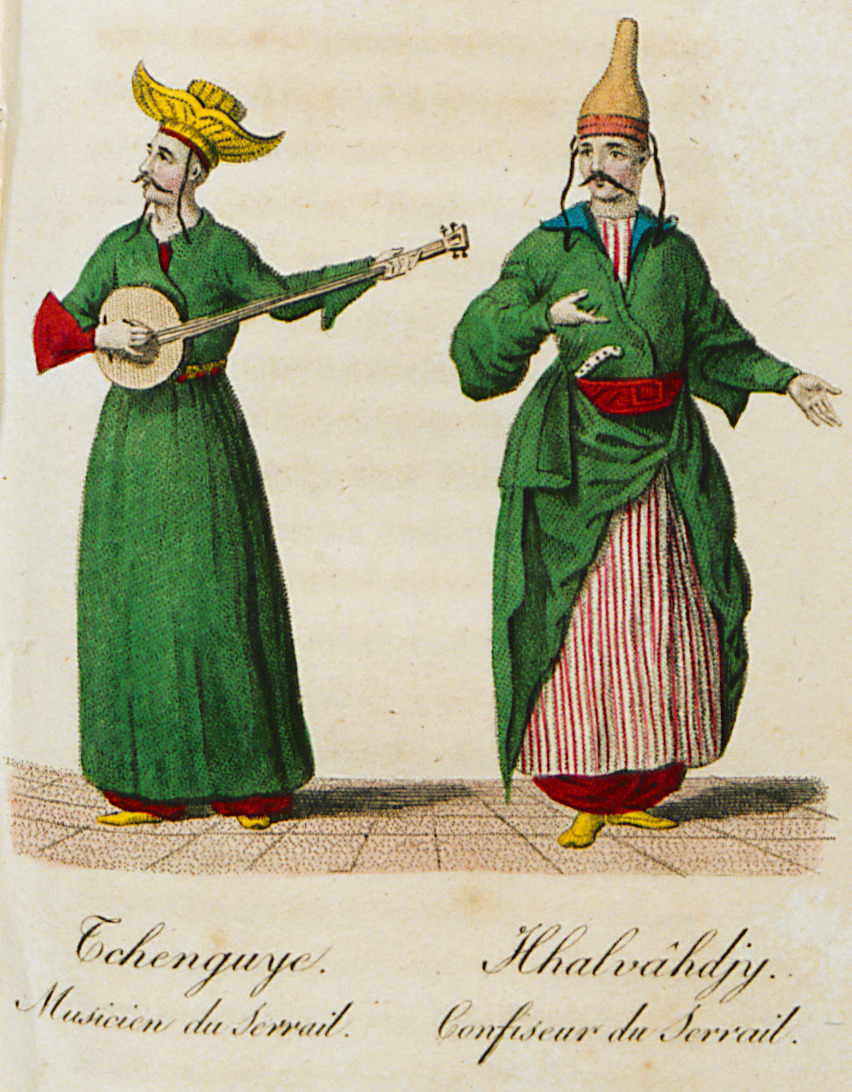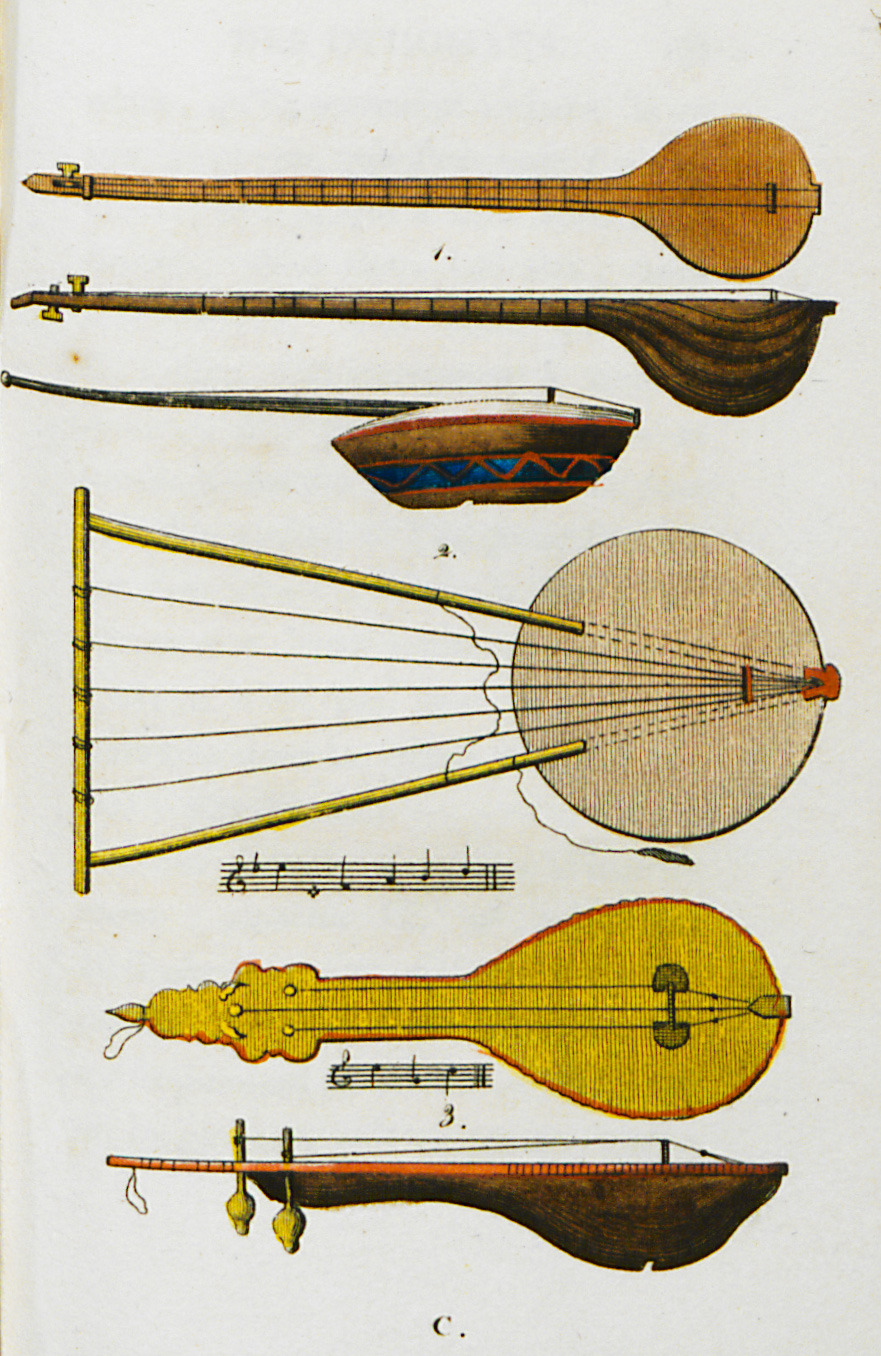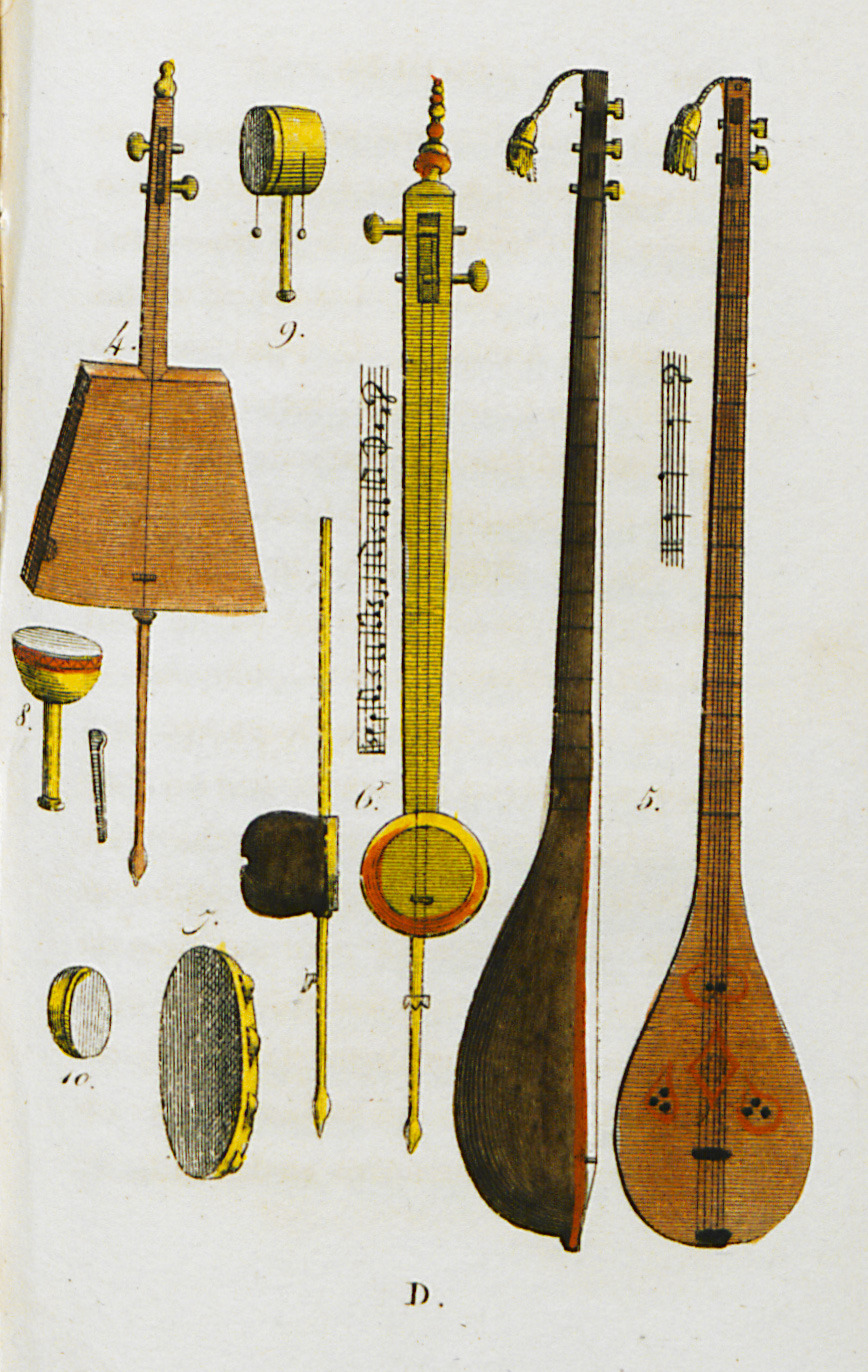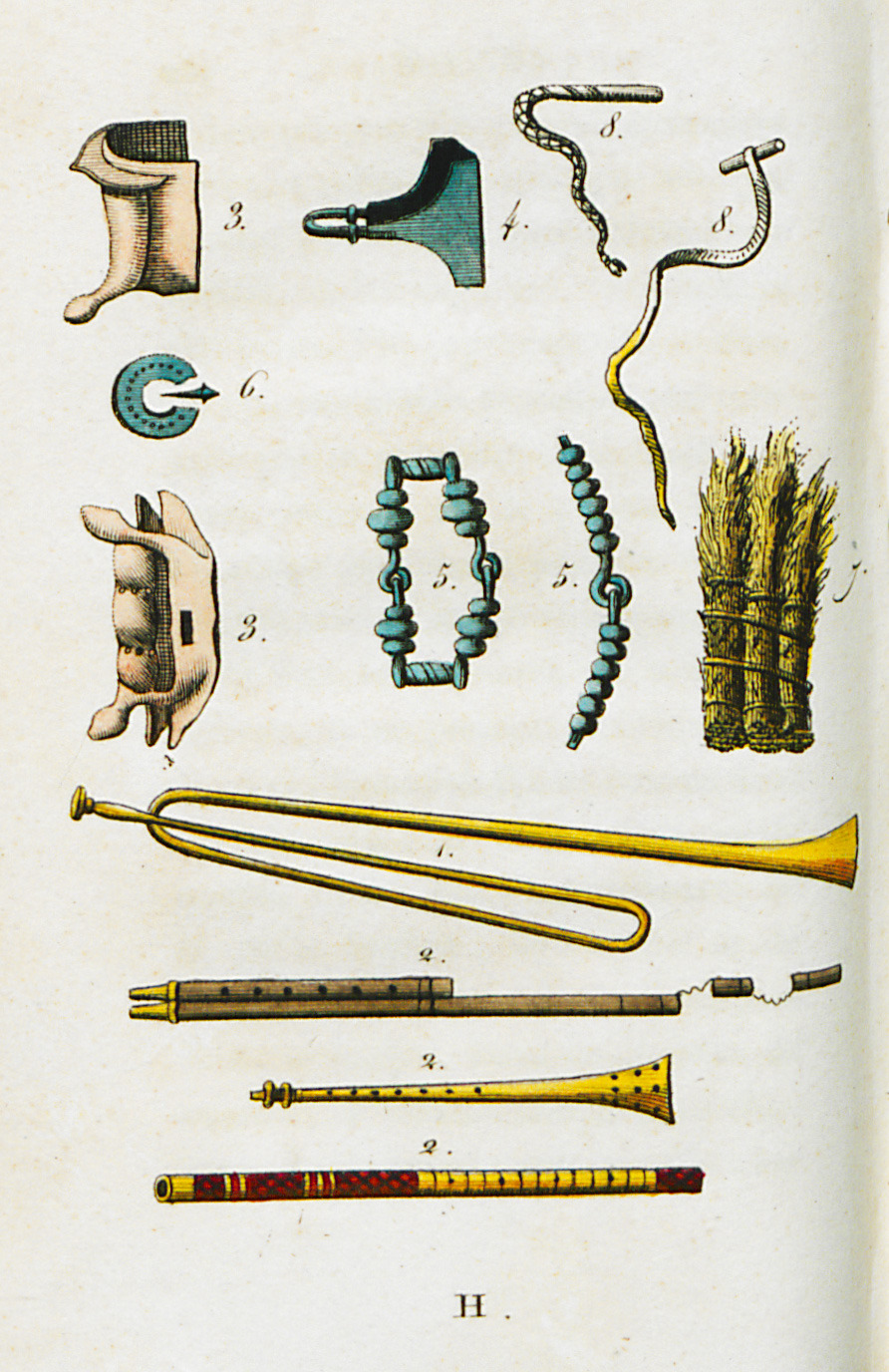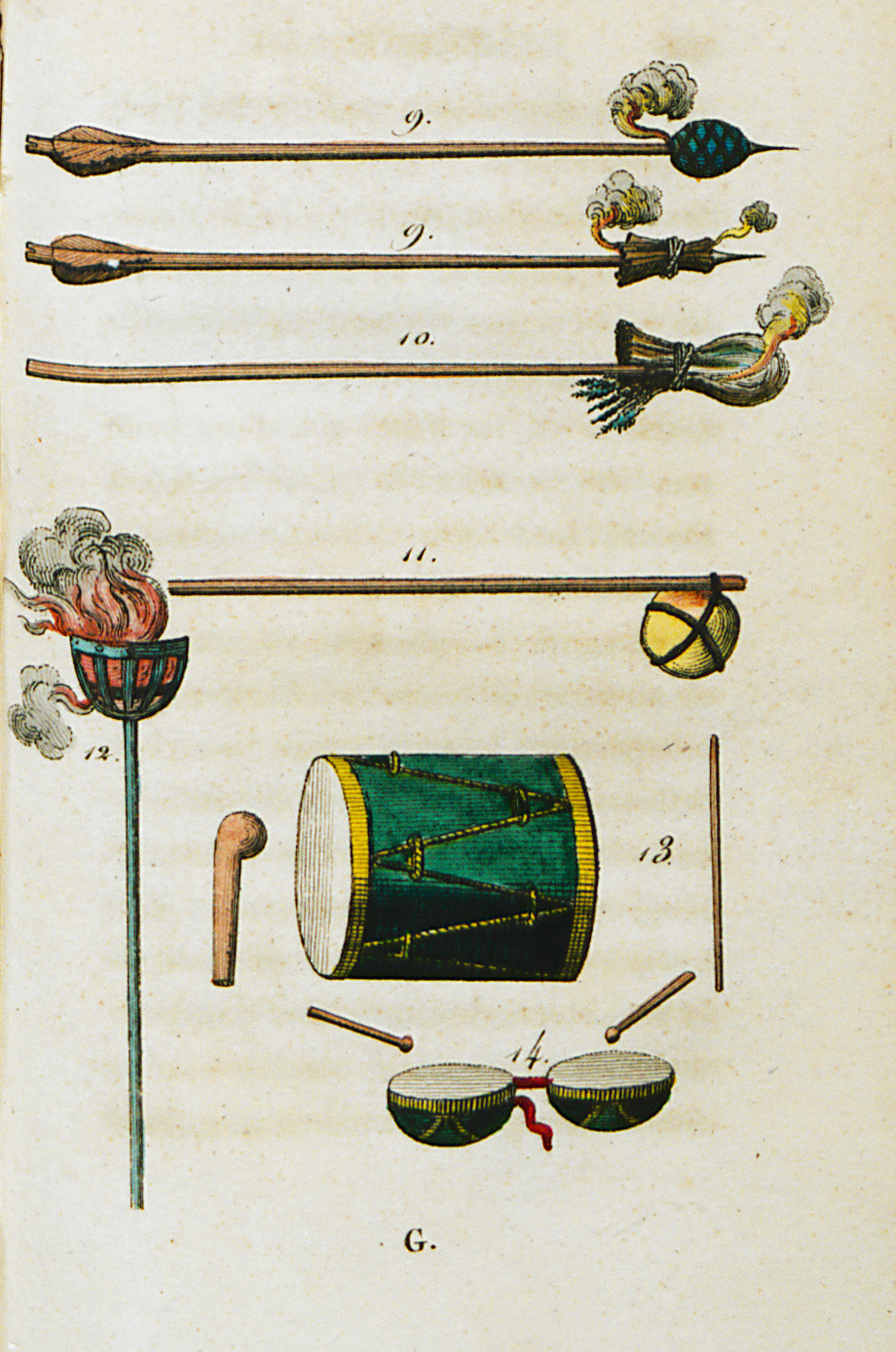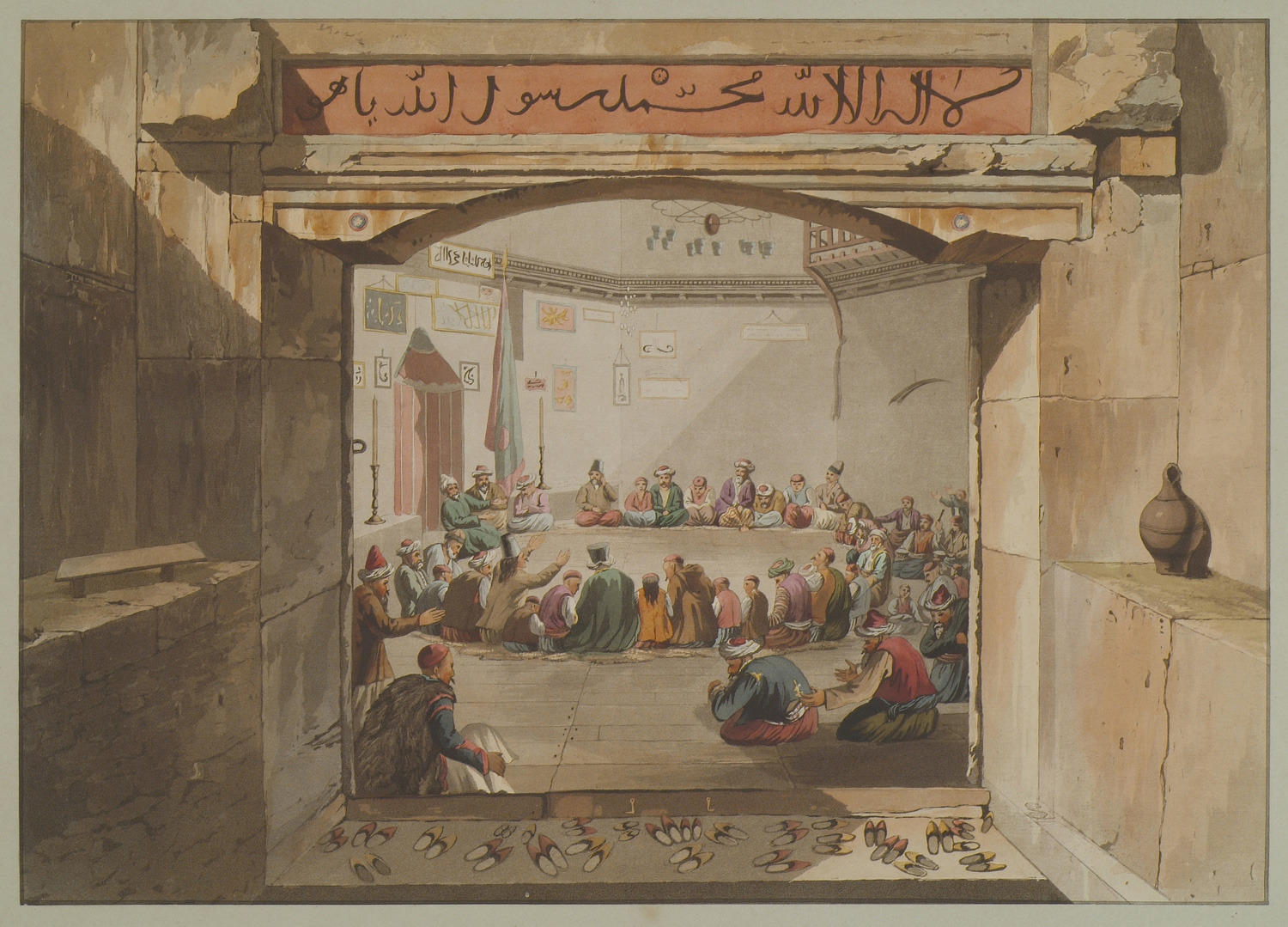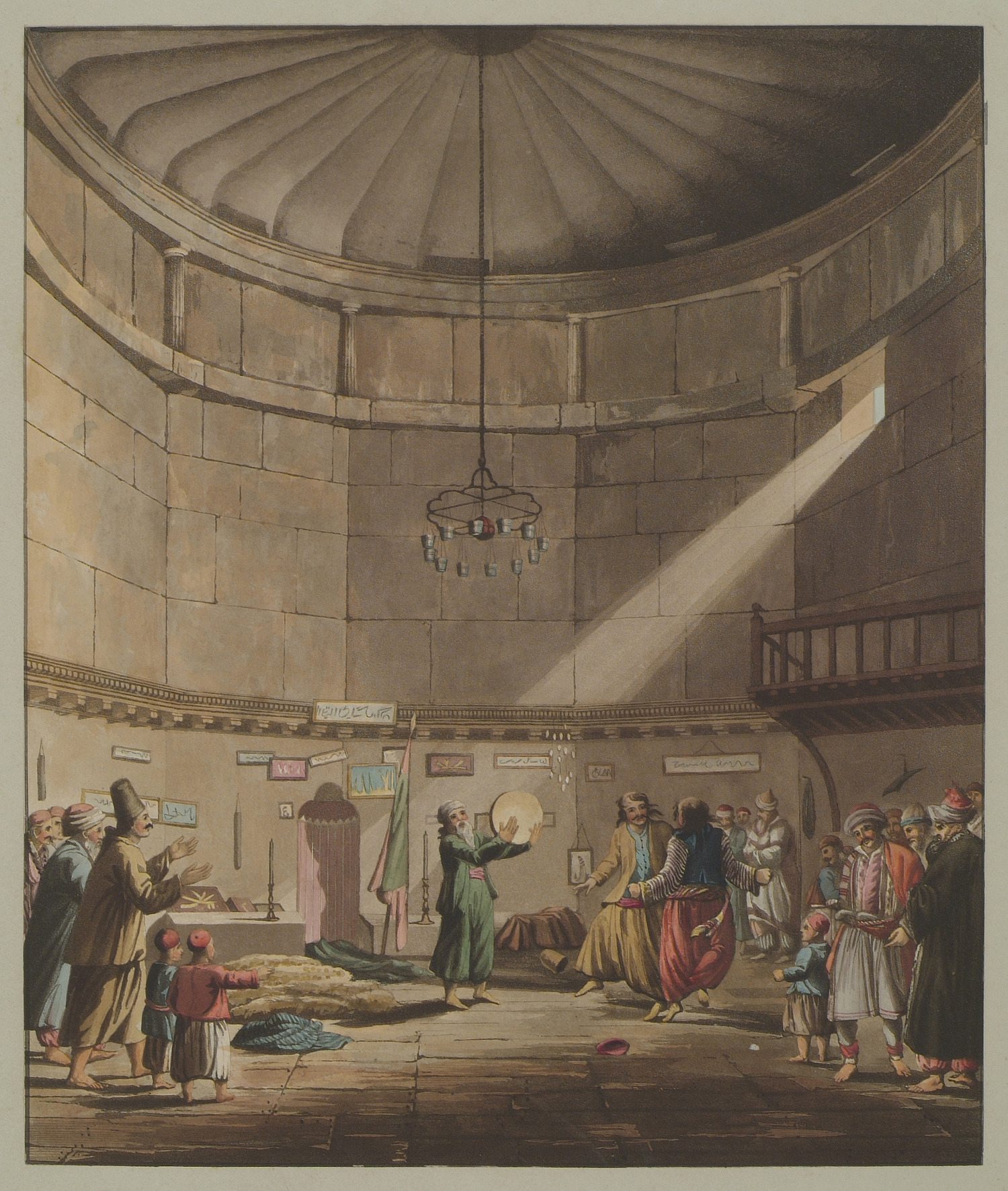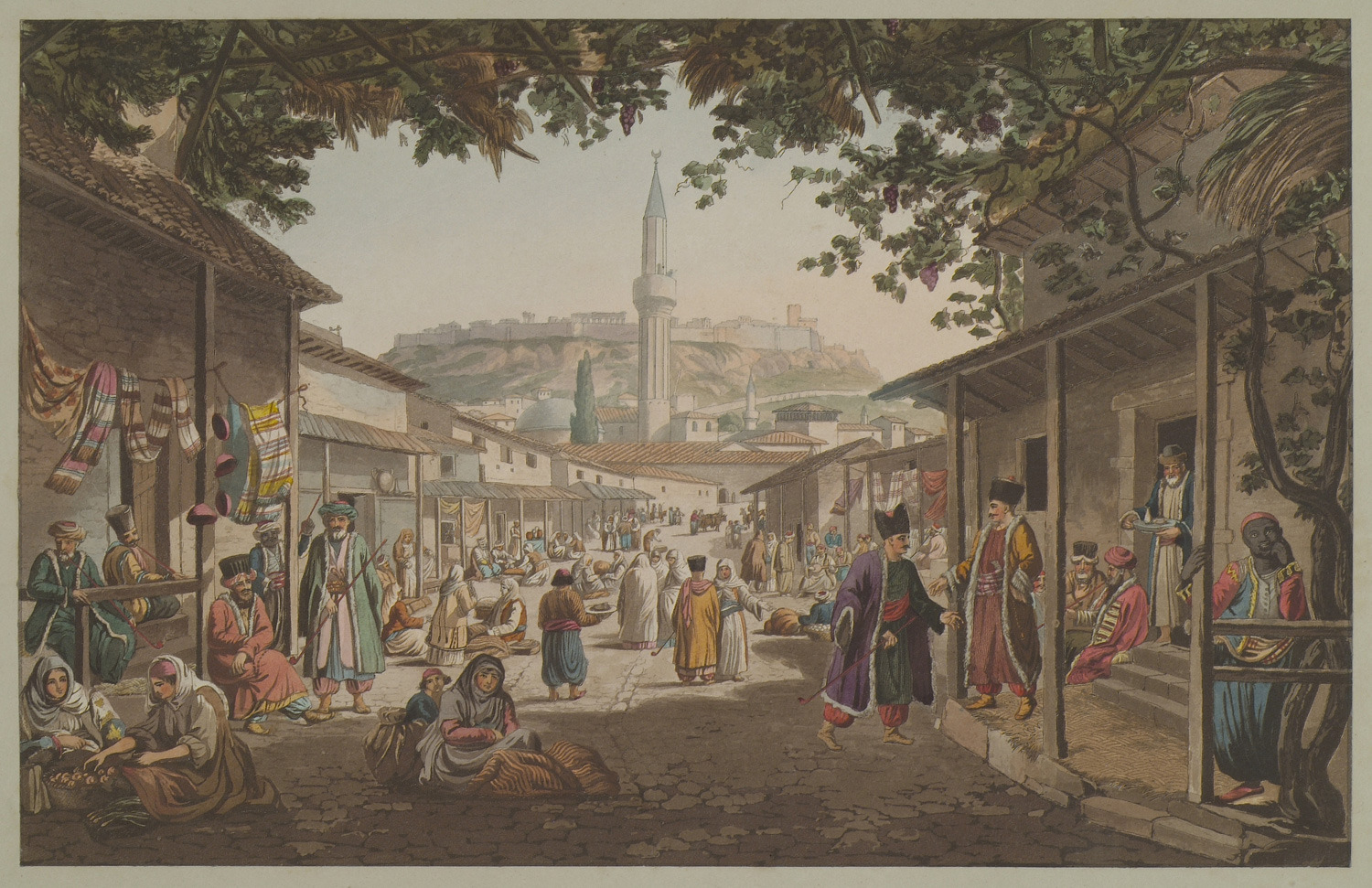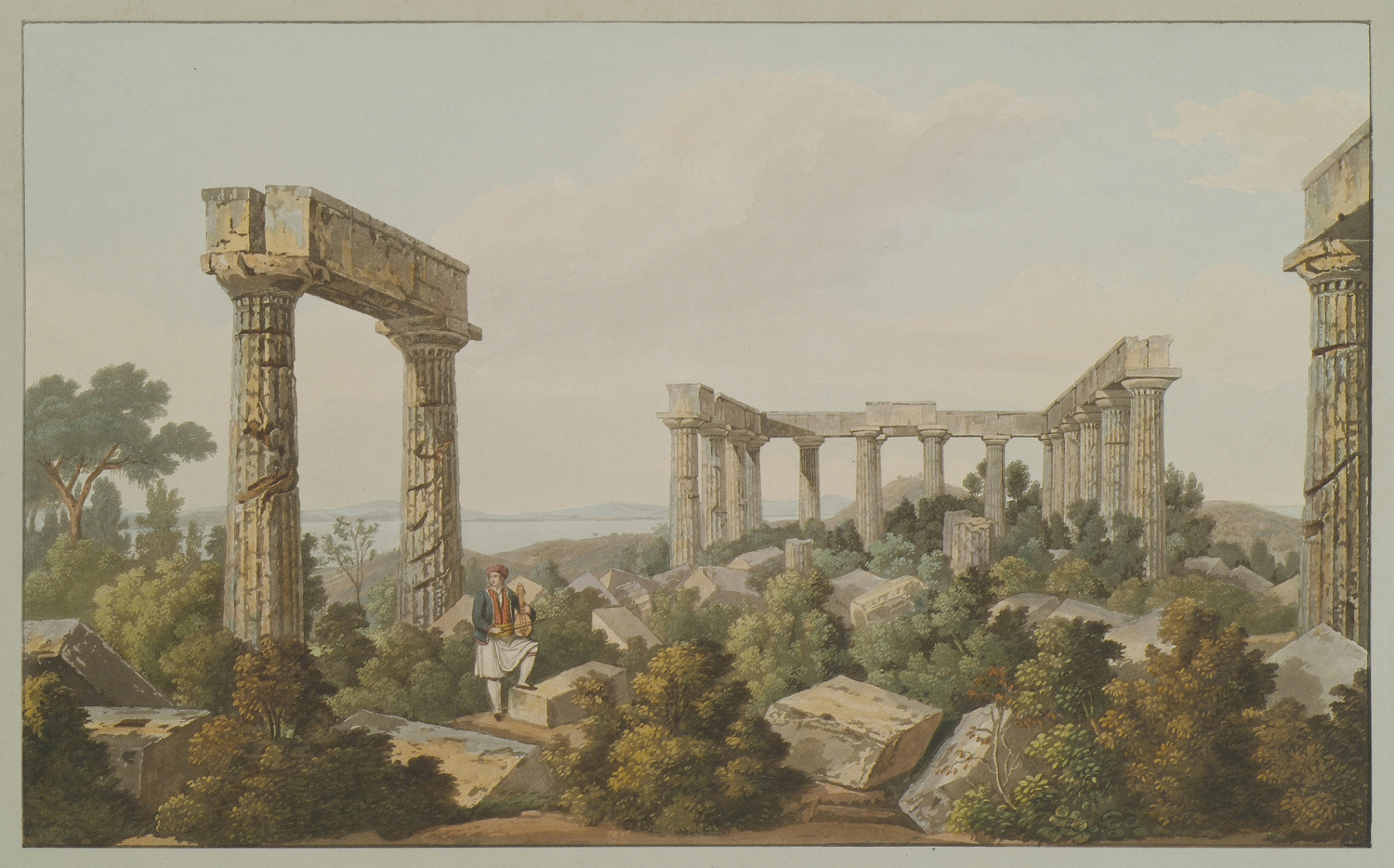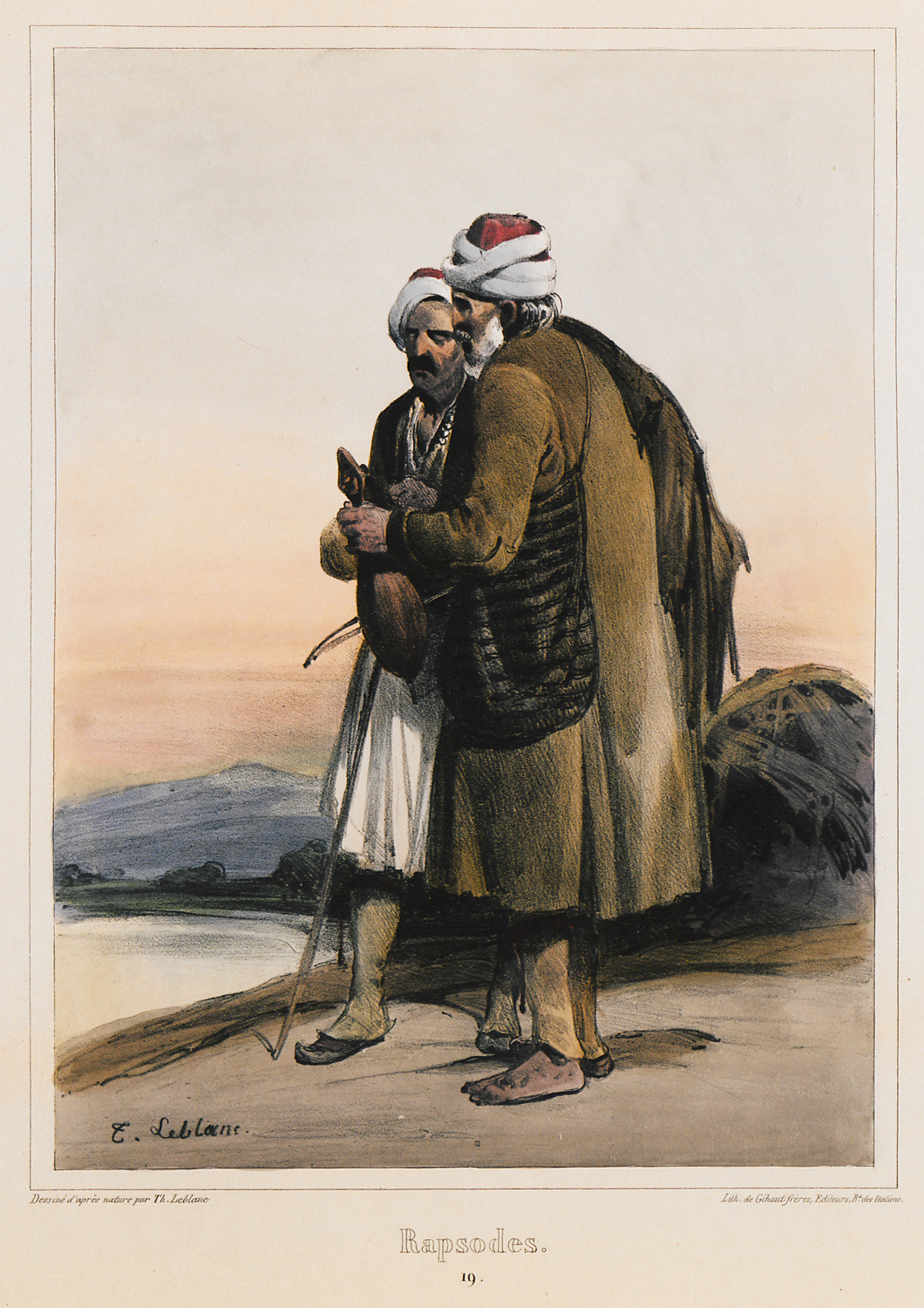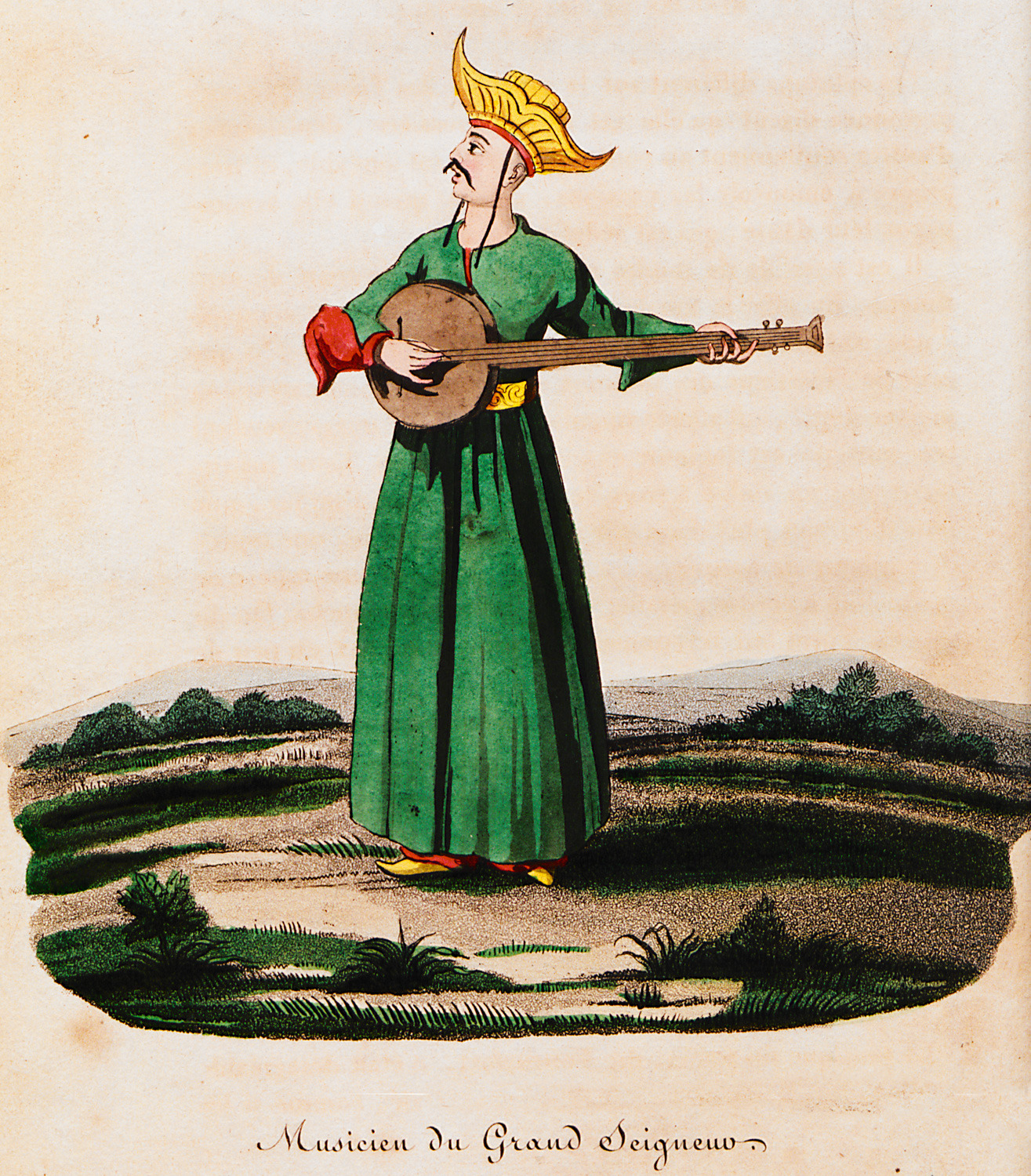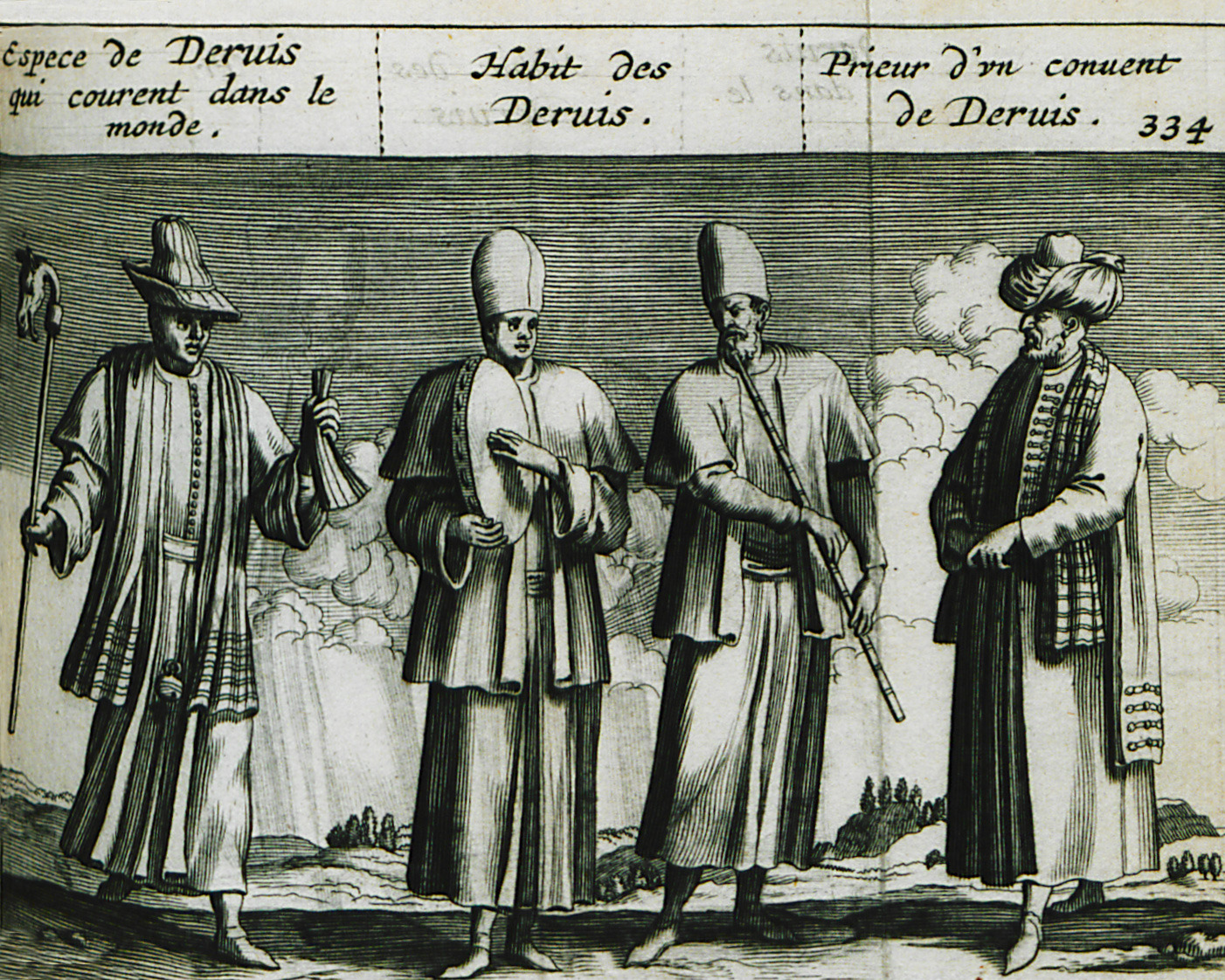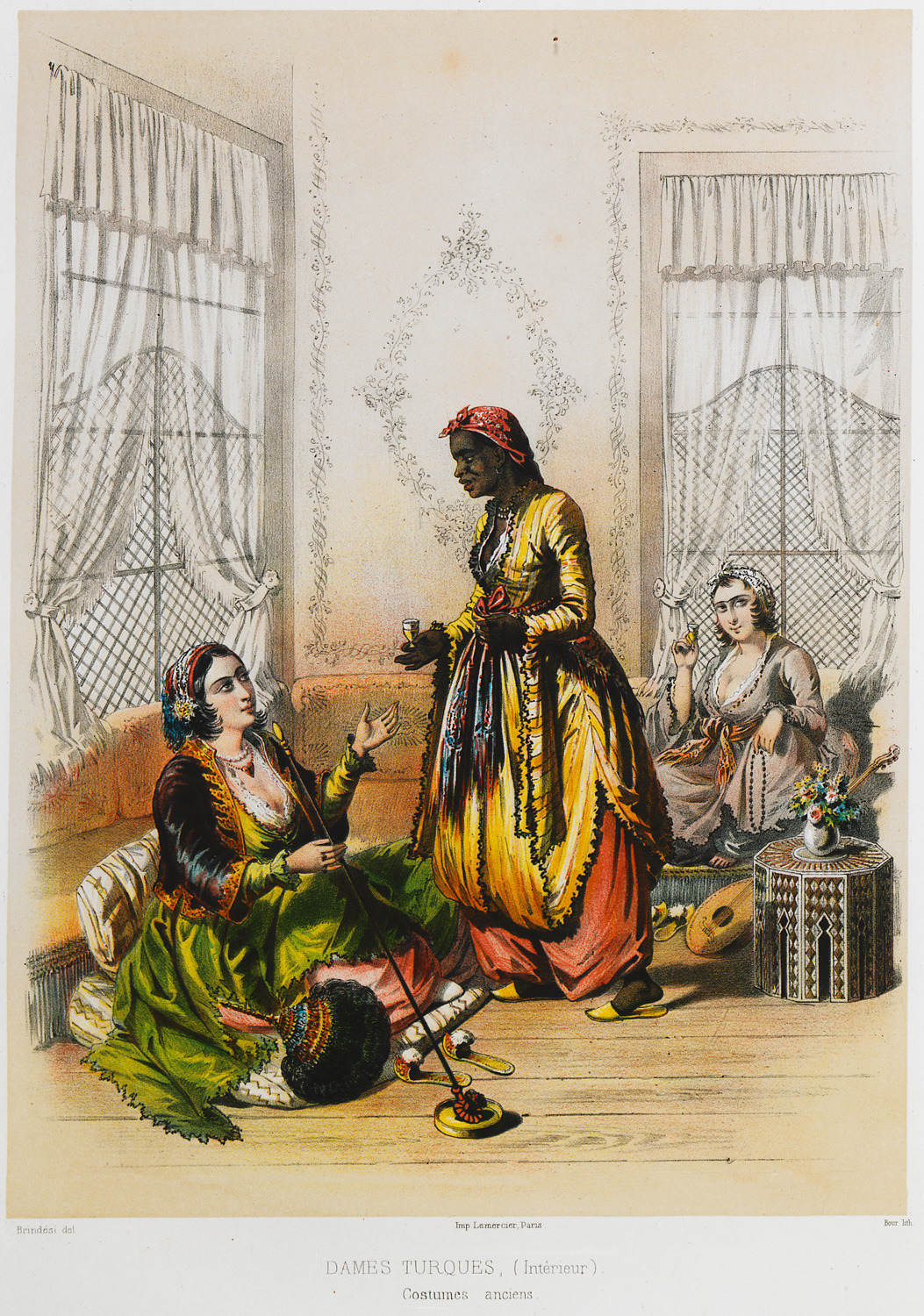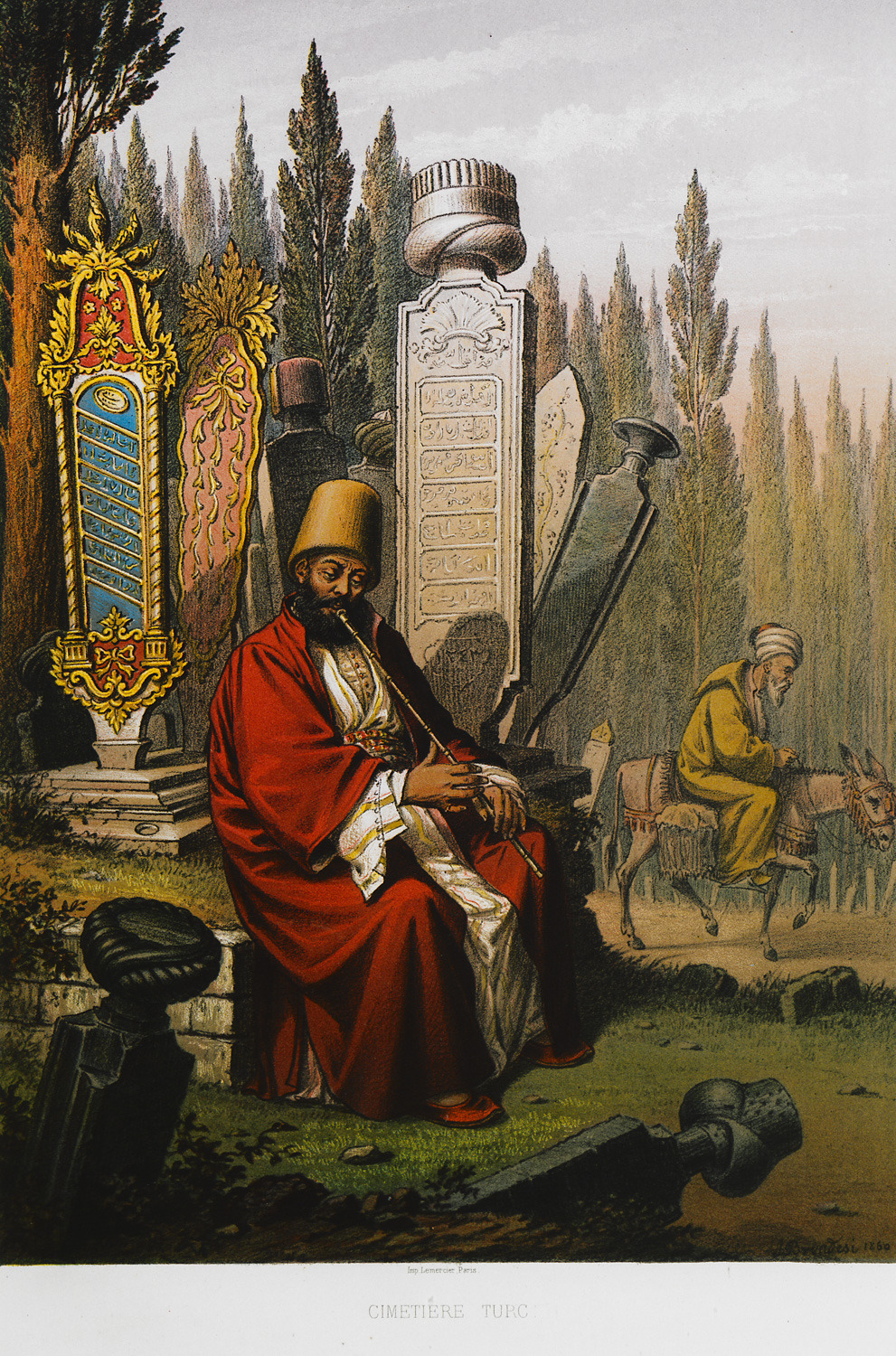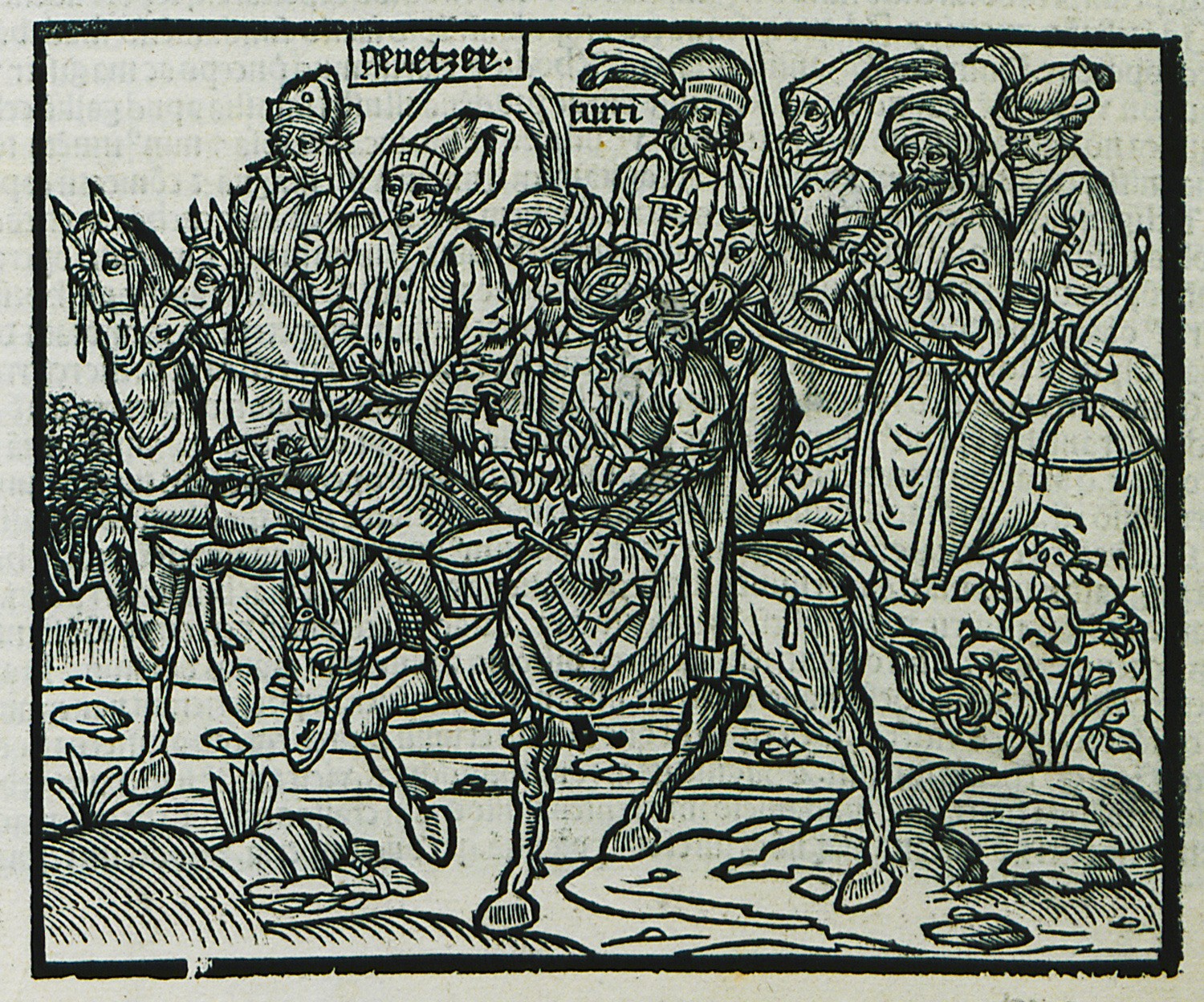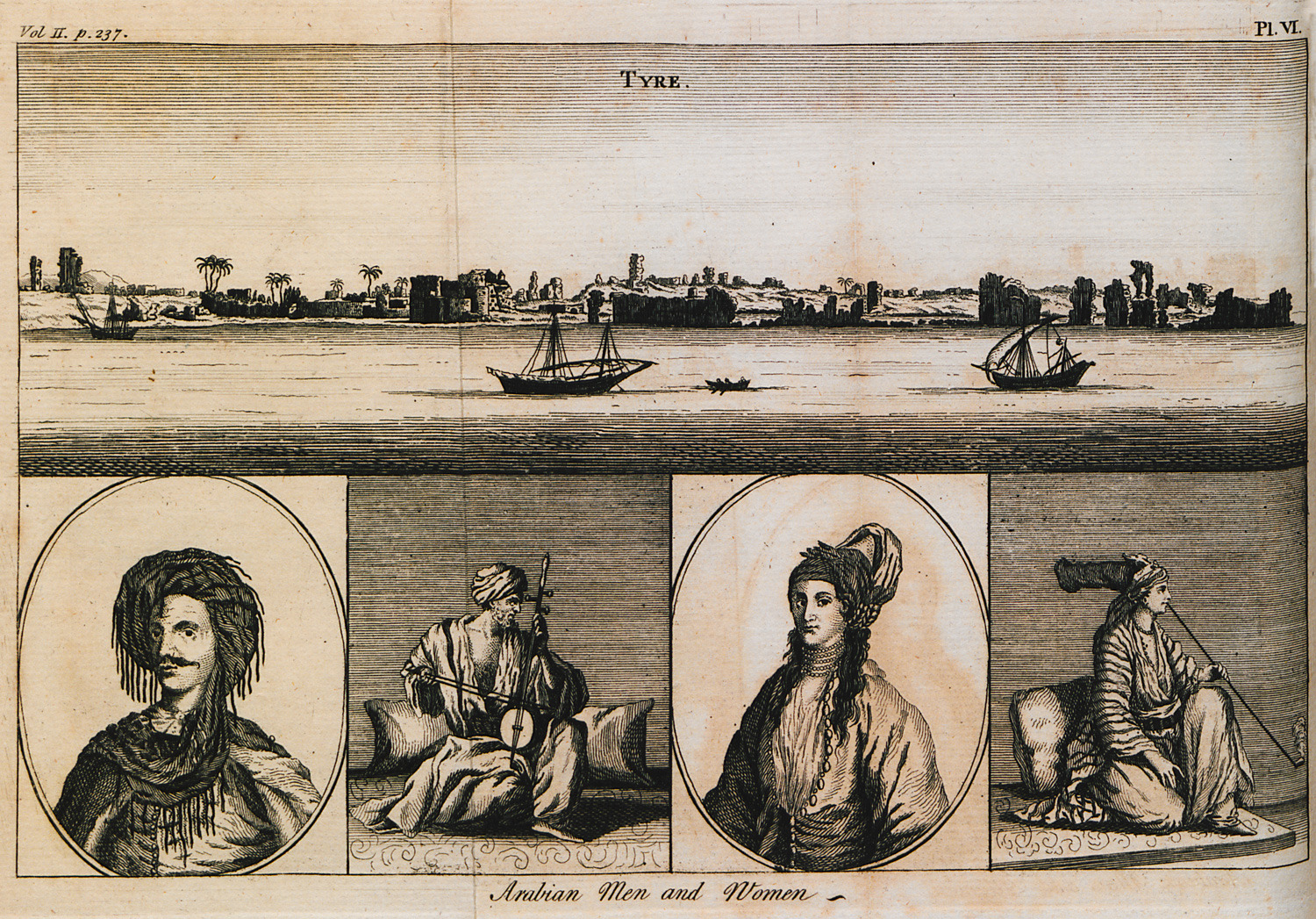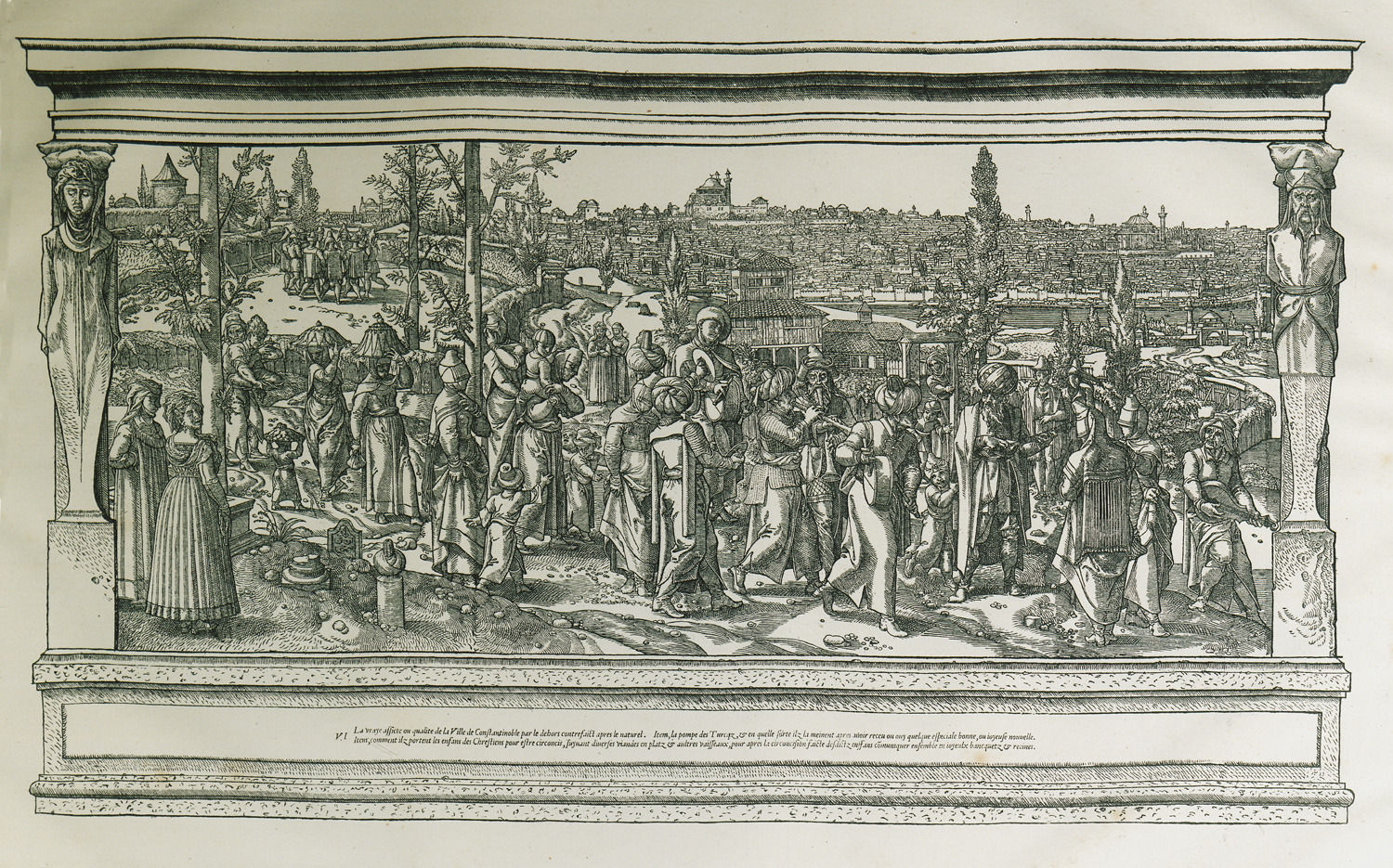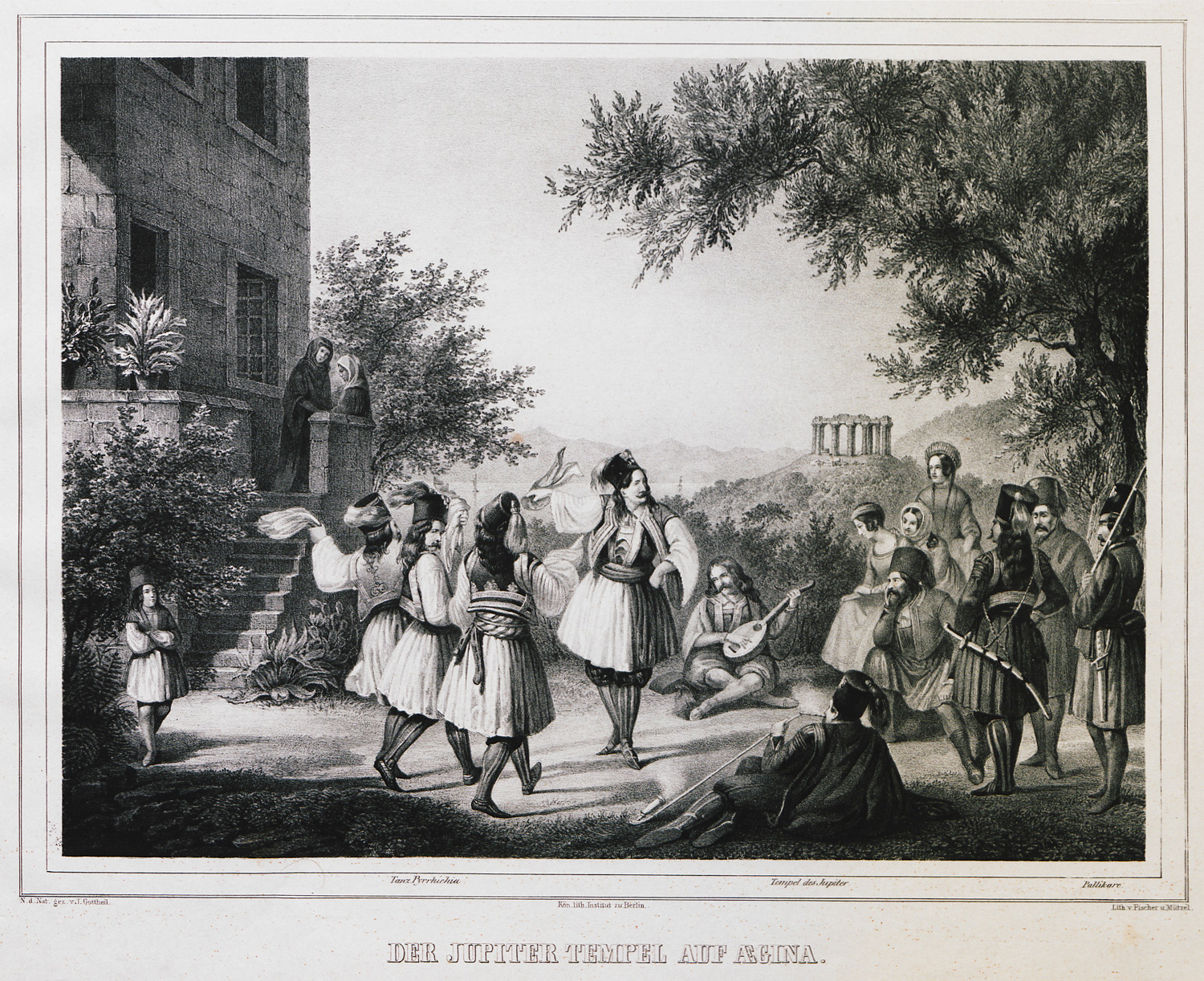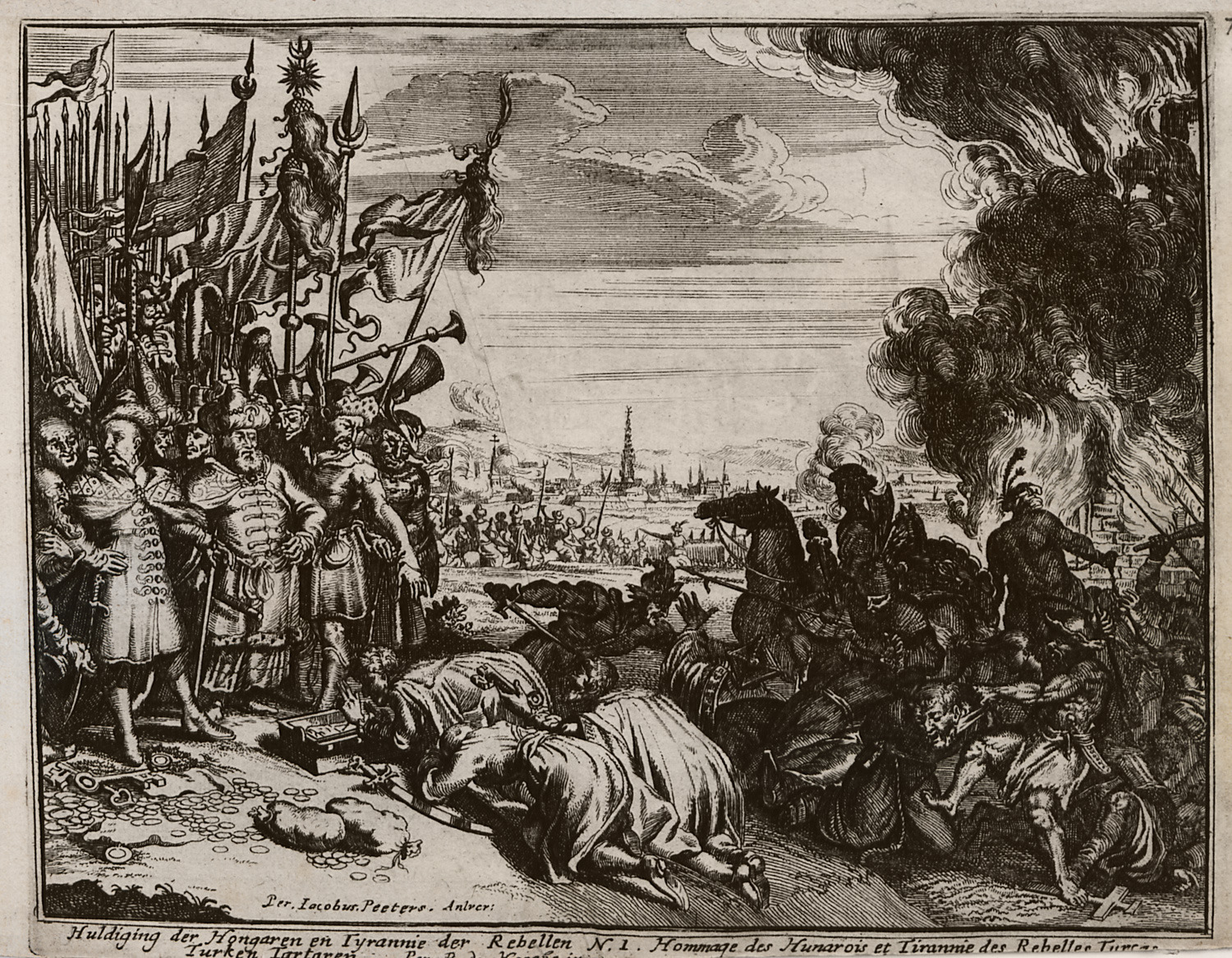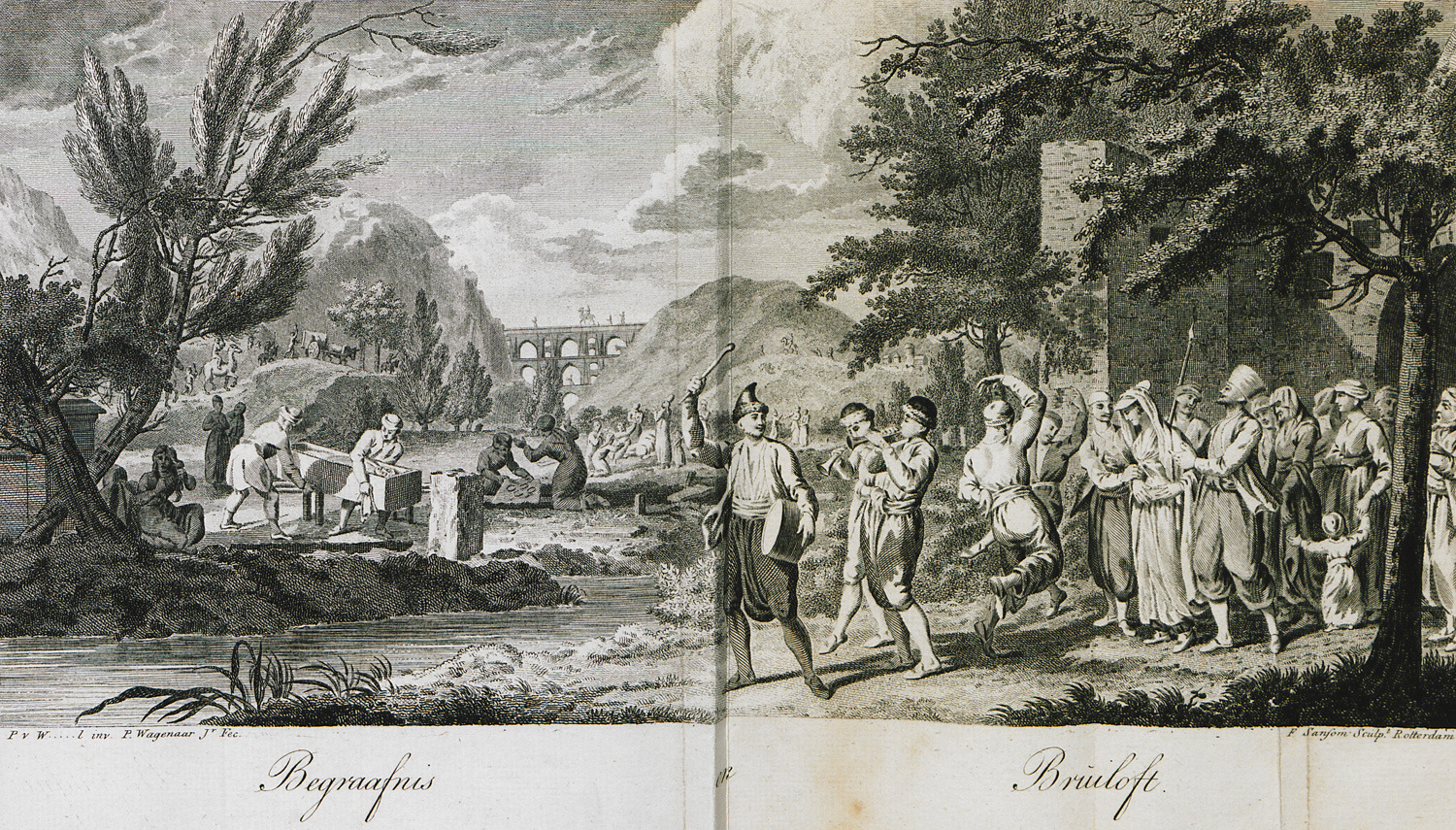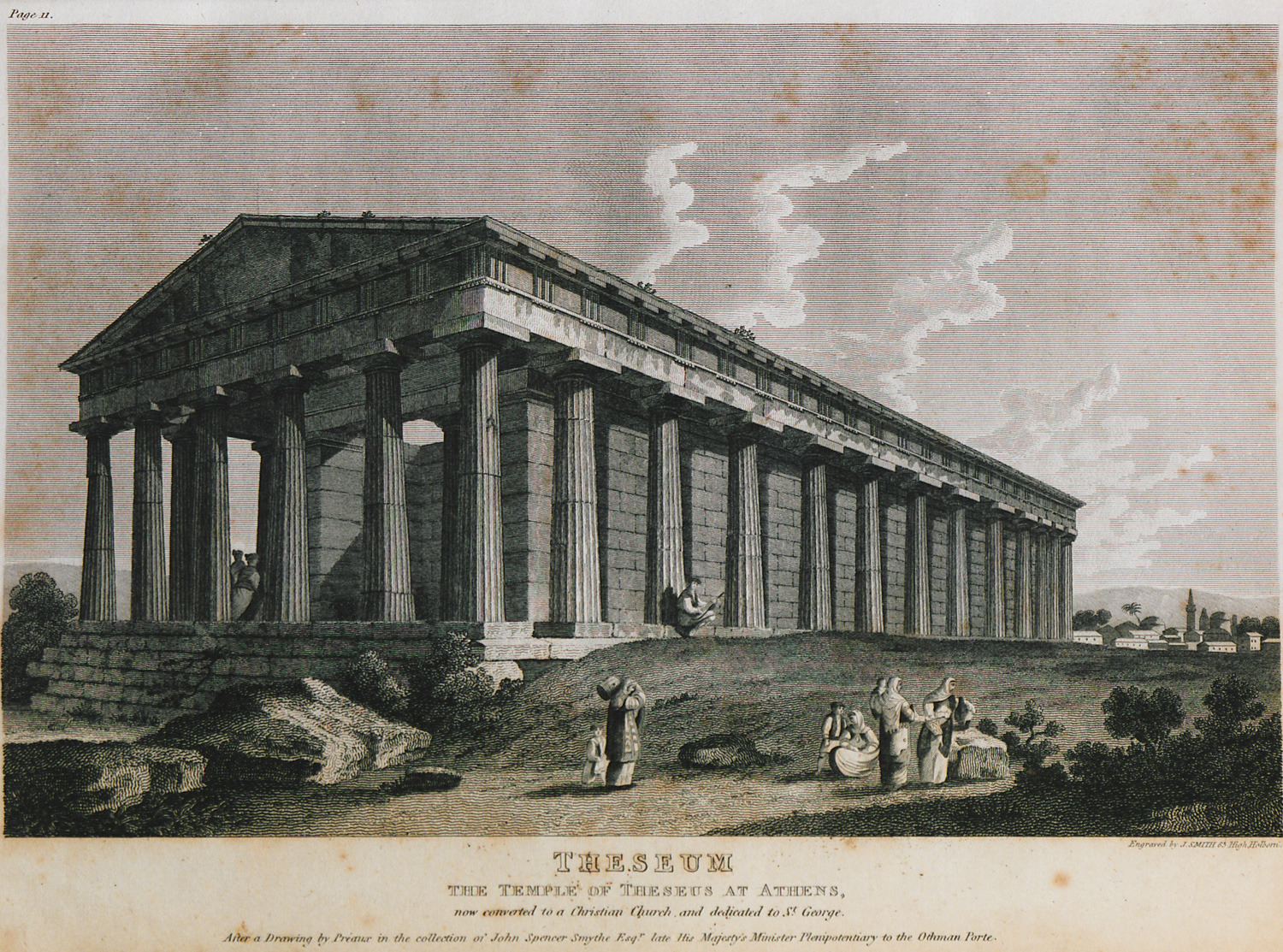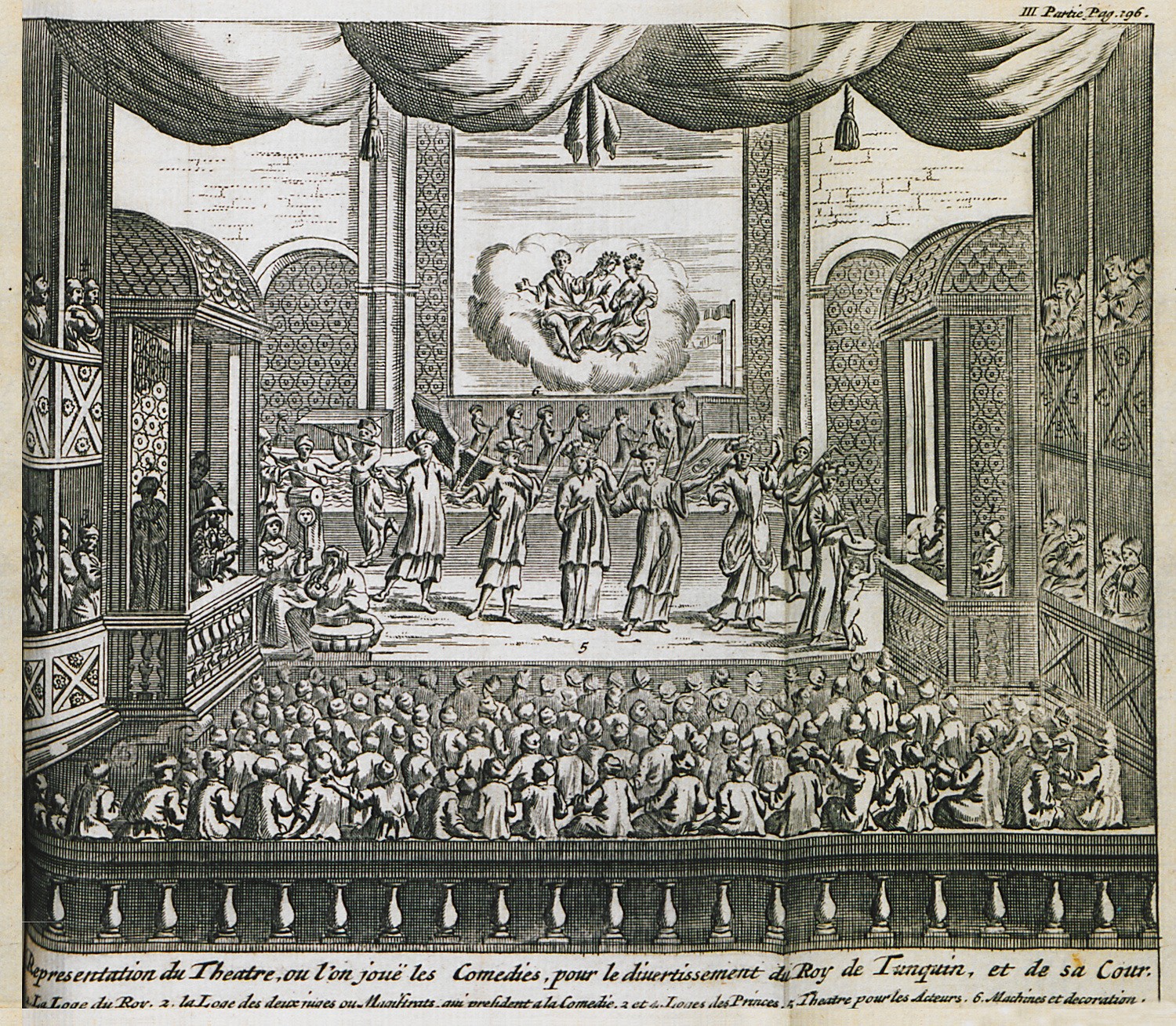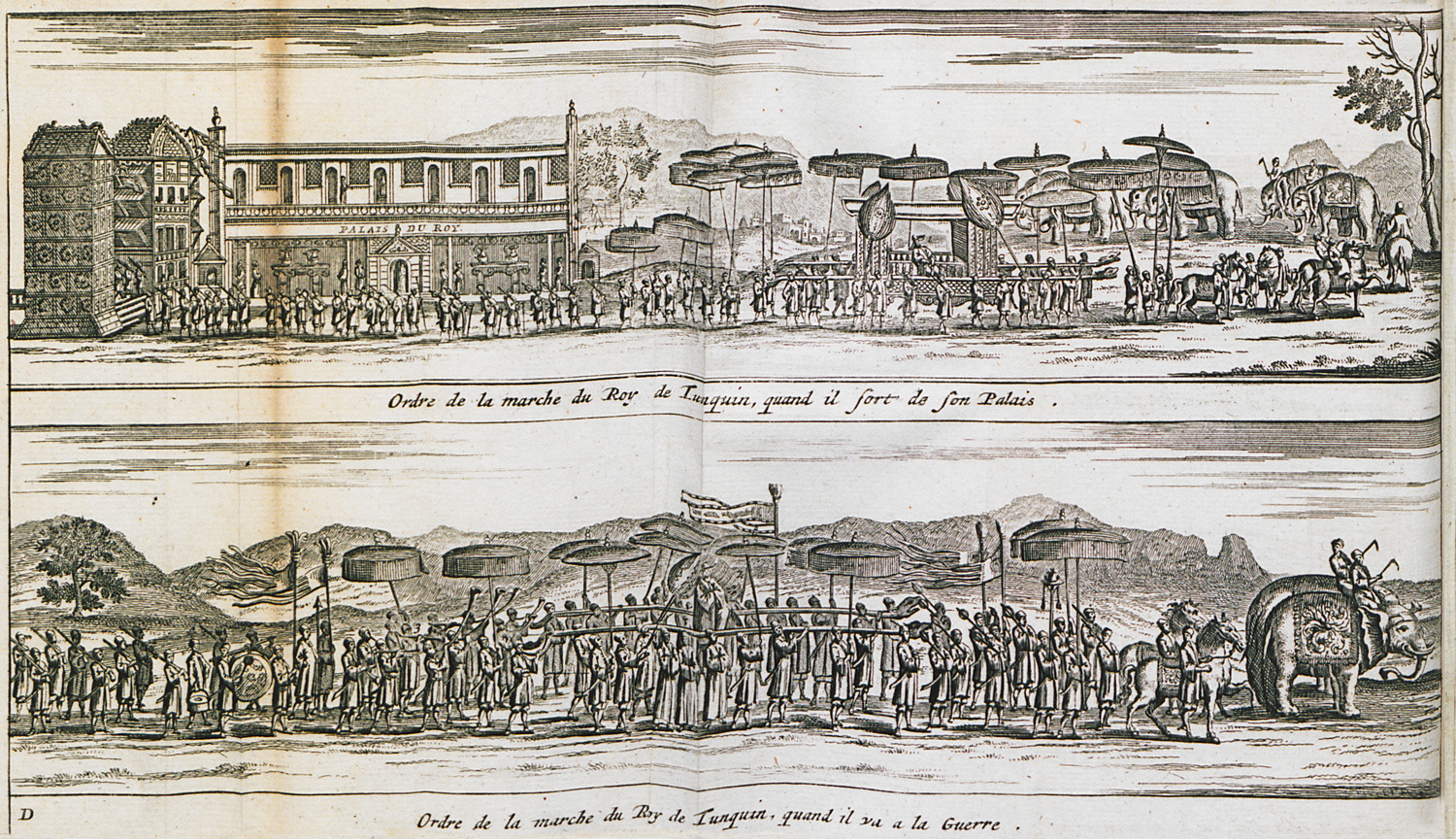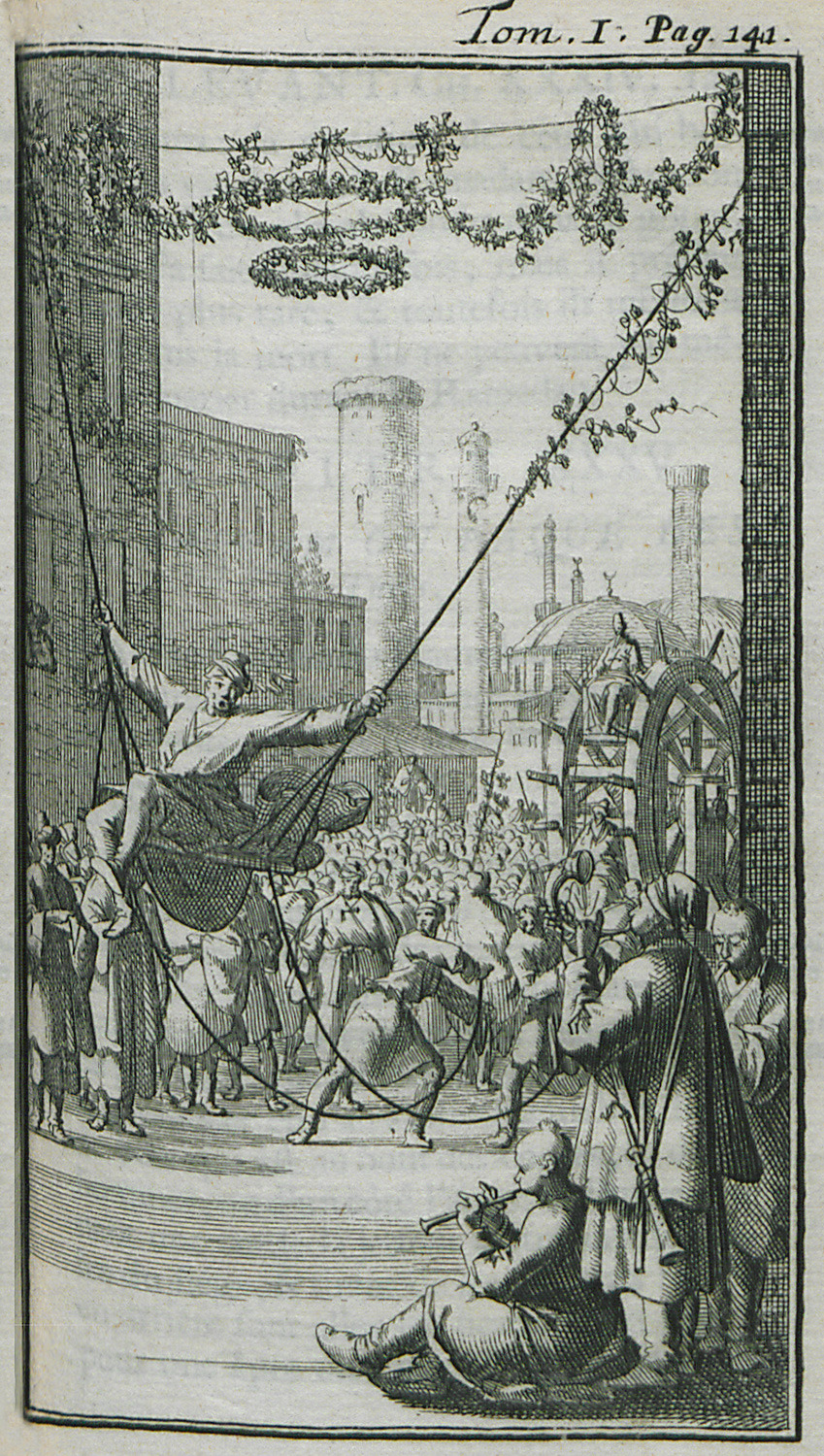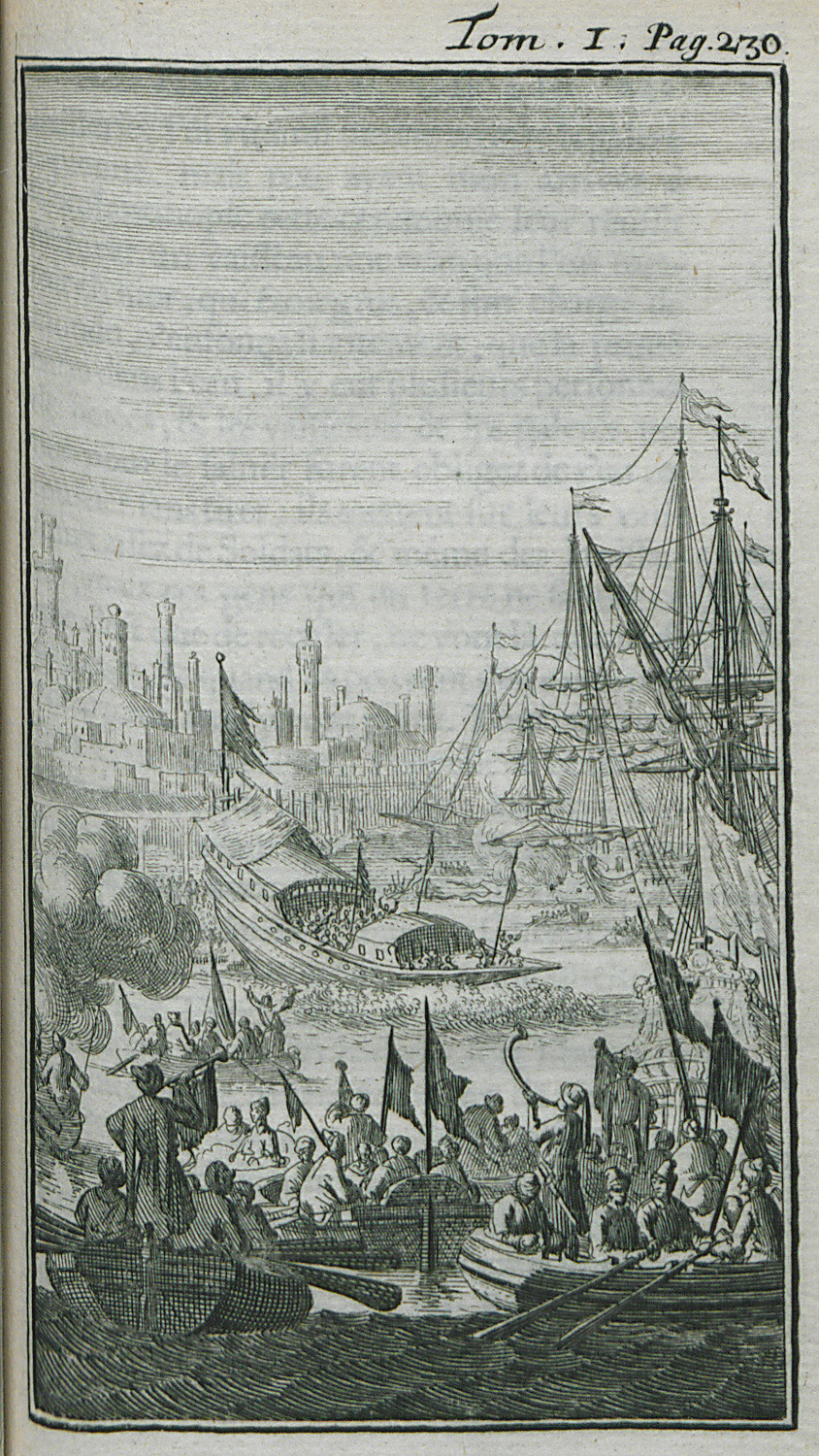Musical instruments (156 Subjects)
“Pano-kato” dance.
The temple of Olympian Zeus in Athens.
Ancient bridge in Marsala (anc. Lilybaeum). Antiquities from Marsala.
A musician and a woman dancer of the Harem. The lady responsible for keeping order in the Harem.
Musician of the Imperial Palace. Confectioner of the Sultan's court (Halvaci).
Typical musical instruments of the Ottoman Empire.
Typical musical instruments of the Ottoman Empire.
Musical instruments and saddle equipment typical of the Ottoman Empire.
Weapons of the Ottoman artillery, drums and other military musical instruments.
Gathering of devout Muslims at the Tower of the Winds in Athens, which was used as a tekije (dervish lodge). Sixteen ostrich eggs hang from the ceiling to avert the evil eye. A depiction of the first stage of the whirling dervishes' ritual: the faithful praise God and Prophet Muhammad.
The dance of the dervishes at the Tower of the Winds in Athens, which was used as a tekije (dervish lodge). Sixteen ostrich eggs hang from the ceiling to avert the evil eye. A depiction of the final stage of the whirling dervishes' ritual: The two main dancers whirl while holding each other by the sash. In green, wearing a white turban, the Sheich or head of the Dervishes, who animates the dancers with his voice and by playing the tambour.
The bazaar of Athens. On the forefront, on the right, an emancipated African slave. On the doorway, the owner of the coffeehouse who is brigning a tray with coffee to the Ottoman governor Disdar Aga. Disdar Aga is sitting on the stairs, dressed in red, and next to him sits another Turkish aga. Standing at the entrance of the coffeehouse, the Greek voivode (governor) of Salamis island, who is conversing a Greek Baratario (protegé of a foreign power). At the centre of the picture, three Turkish women covered with long white veils. According to Edward Dodwell's description, the rest of the women depicted are Arvanite. Standing, on the right, a devout Muslim in green costume, an indication that he has made the pigrimage to Mecca.
The interior of the temple of Aphaia at Aegina.
Lyra players from Crete.
Musician of the imperial palace.
Wandering dervishes of the Ottoman empire. Dervish costume.Prior of a dervish lodge.
Turkish women in 18th century costume having tea in their private quarters.
Ottoman Muslim cemetery.
Women of the Sultan's harem on their promenade, chaperoned by Kislar Aga, head of the eunuchs of the Imperial Palace.
Members of the Ottoman cavalry during the siege of Rhodes.
View of Tyre, Lebanon. Inhabitants of Lebanon in traditional costume.
Muslim wedding in the Ottoman Empire: The giving away of the bride.
Leisure scene on Aegina island. In the background, the temple of Aphaia.
Hungarian inhabitants of Transylvania surrender to the Ottomans after their failed revolt of 1661.
Ottoman (Muslim) funeral. Ottoman (Muslim) wedding. In the distance, the field of Büyükdere on the European shore of the Bosporus.
The temple of Hephaestus, Athens.
Theatre production at Hanoi (today in Vietnam) in the presence of the king of Tonkin and his court.
Top: The king of Tonkin (Vietnam) exits the palace. Bottom: The king of Tonkin (Vietnam) leaves for war.
Leisure scene at the streets of Istanbul during the Bayram feast.
Festivities at the port of Istanbul, to celebrate the construction of a new ship.


